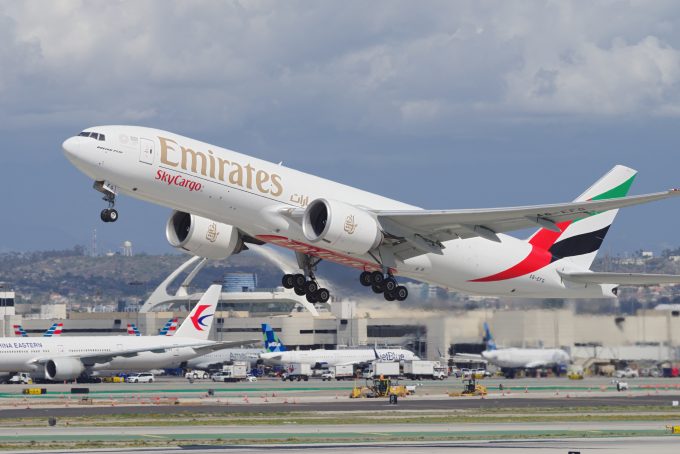Latest strike will cause ‘massive' disruption at German airports
Frankfurt Airport, Europe’s leading hub for air cargo, has warned of “massive disruption” to flight ...

International airlines flying to the US from countries “that continue to do business with Russia” are facing the prospect of having to take longer routes after senators called for a ban on their use of Russian airspace.
In a rare display of bipartisan collaboration in Washington, two senators, a Democrat and a Republican, have written to the secretary for transportation and secretary of state asking for a ban.
They argue that the current situation puts US carriers at a disadvantage as they ...
USTR fees will lead to 'complete destabilisation' of container shipping alliances
Outlook for container shipping 'more uncertain now than at the onset of Covid'
Flexport lawsuit an 'undifferentiated mass of gibberish', claims Freightmate
Shippers warned: don't under-value US exports to avoid tariffs – 'CBP will catch you'
Cancelled voyages take the sting out of spot rate declines this week
New Houthi warning to shipping as rebel group targets specific companies


Comment on this article